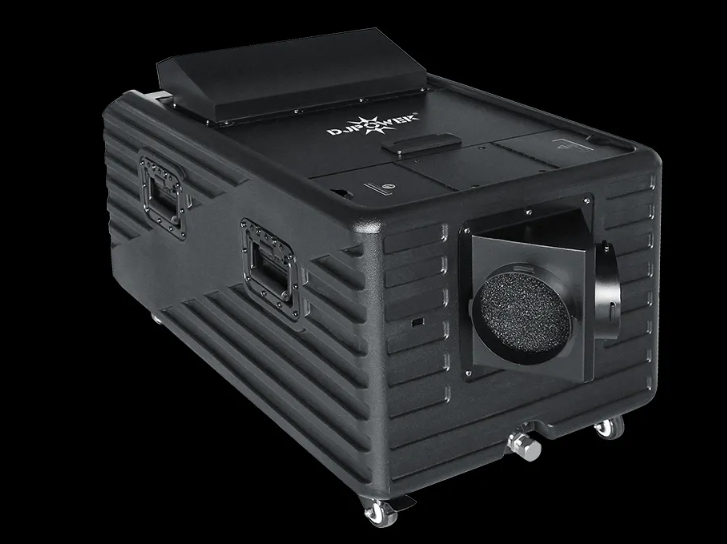Unveiling the Mystery: How Electrical Heat Tracing Works
In the modern world, where industries rely on complex systems and processes, maintaining optimal temperatures is crucial. From preventing freezing in pipelines to ensuring viscosity in industrial fluids, temperature control is a paramount concern. This is where electrical heat tracing comes into play, offering an ingenious solution to maintain consistent temperatures in various applications. In this article, we will delve into the intricacies of electrical heat tracing and explore how it works, backed by the essential calculations that underpin its effectiveness.
Understanding Electrical Heat Tracing
Electrical heat tracing is a technology used to compensate for heat loss in pipes, vessels, and other equipment by applying controlled electrical heating elements. Its primary purpose is to prevent freezing, maintain process temperatures, and ensure the smooth operation of critical systems in various industries, including oil and gas, chemical, food and beverage, and more.
The Principles Behind Electrical Heat Tracing
At its core, electrical heat tracing operates based on the Joule heating principle. According to this principle, when electric current flows through a conductor, such as a heating element, resistance within the conductor generates heat. In the context of heat tracing, this heat is transferred to the surrounding material – be it a pipe, a tank, or a surface – effectively maintaining the desired temperature.
Components of Electrical Heat Tracing Systems
An electrical heat tracing system comprises several key components that work in harmony to ensure efficient temperature maintenance:
Heating Elements: These are resistive materials or cables designed to generate heat when an electric current passes through them. Common heating element materials include self-regulating polymers, constant wattage cables, and mineral-insulated cables.
Thermostats and Temperature Sensors: These devices monitor the temperature of the surface being heated. If the temperature falls below a set value, the thermostat activates the heating element, preventing the system from getting too cold.
Control Panels: Control panels house the electrical circuitry necessary for managing the heating elements and temperature sensors. They provide a user interface for configuring temperature settings and monitoring the system's performance.
Insulation: Insulation materials are used to minimize heat loss from the system, ensuring that the generated heat is efficiently transferred to the desired area.
How Electrical Heat Tracing Works: The Process
Let's break down the process of how electrical heat tracing works:
Detection of Temperature Drop: Temperature sensors or thermostats monitor the temperature of the surface being heated. If the temperature drops below the specified setpoint, the thermostat triggers the heating element to turn on.
Activation of Heating Element: Once activated, the heating element generates heat through the Joule heating effect. This heat is then transferred to the surface and the material being heated.
Temperature Maintenance: As the heating element continues to generate heat, the system maintains the desired temperature, preventing freezing, maintaining fluid viscosity, or meeting process requirements.
Temperature Regulation: As the surface temperature approaches the desired setpoint, the thermostat detects this and may gradually reduce the power supplied to the heating element. This helps prevent overheating and ensures energy efficiency.
Electrical Heat Tracing Calculation: The Backbone of Efficiency
Behind the seamless operation of electrical heat tracing systems lies meticulous calculation. Proper calculations are crucial to ensuring that the system meets its intended purpose without wasting energy or compromising safety. Several factors influence the calculations, including:
Heat Loss: The first step is to calculate the heat loss from the system. This involves considering factors like the ambient temperature, desired operating temperature, insulation properties, and the surface area of the object being heated.
Cable Selection: Different heating cables have varying power outputs per unit length. Choosing the right type of cable involves calculating the cable's wattage required to compensate for the calculated heat loss.
Spacing and Installation: The spacing between the heating cables is determined by the surface area to be covered and the desired temperature maintenance. Proper spacing ensures even heating and prevents overheating.
Control Strategy: The control strategy involves determining how the heating cables will be controlled based on temperature readings. This can include on/off control, proportional control, or advanced control methods.
Energy Efficiency: Calculations also consider the energy consumption of the system. Striking a balance between maintaining the desired temperature and energy efficiency is crucial to optimizing the heat tracing system's operation.
In conclusion, electrical heat tracing is a sophisticated solution that plays a vital role in maintaining temperatures in various industries. By harnessing the Joule heating principle, this technology prevents freezing, ensures process efficiency, and maintains the integrity of critical systems. Behind its effectiveness lies meticulous calculation, which determines factors such as heat loss, cable selection, spacing, and control strategy. As industries continue to evolve, electrical heat tracing stands as a testament to human innovation, ensuring that temperature control remains a cornerstone of successful operations.


没有评论:
发表评论